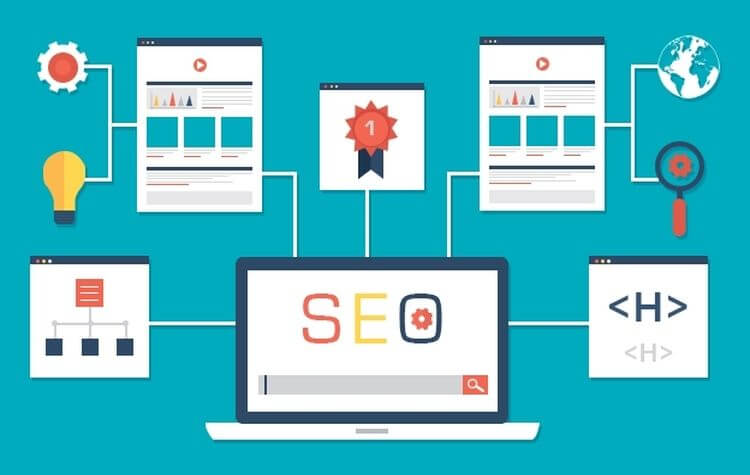Tips And Tricks For Web Design Success

You may know a lot about computers, but it is quite possible that web design eludes you. Playing around with HTML and adding design features takes quite a bit of skill. Learning about this is an excellent first step in your quest to learn great web design techniques. If you are ready, start with these tips below that can help.
Put a tagline on your site. Taglines are catchy mottos that explain your business. There are about eight crucial seconds to grab and keep a visitor’s attention, so having an easy-to-understand tagline is crucial.
Before you publish any web page, check it carefully for broken links. The worst experience for a visitor is to have interest in learning more only to click the dreaded dead end link. Links can be checked manually, and you can also find software that will check your site to see if there are any broken links.
Cancel Actions
Let visitors cancel actions if they want to. Actions include registering for any e-mail notifications, browsing the site, or filling out forms. Not allowing customers to cancel actions that they do not want to follow through with is unfair, and it is forceful, which may prevent those visitors from returning to your site or making purchases from you in the future.
Never use an overabundance of conflicting fonts on your website. Consider how the ones you choose appear on standard screens since serifs like Times New Roman can be tough to read. Verdana is a good font that is popular on the Internet.
When the time comes that you must choose your webpage’s background color, be mindful of the effectiveness and conservative choice that white is. Viewers will feel confident in the professional look afforded by a solid white background. If you make your background design too complicated, however, it’ll distract your visitors and detract It is usually preferable to have a simple background.
Meta Tags
Using proper and high-quality meta tags on your website is crucial to proper web design and attracting more traffic. Quality meta tags will help the search engines to recognize what your site is all about. If you use irrelevant meta tags, instead of tags that describe your website’s content appropriately, search engines will classify your site incorrectly and you won’t get a lot of traffic.
Make sure that you use file sizes for all content on your site that loads quickly for your website visitors. Your graphics should be GIFs and JPEGs. Although PNG and MBP files might be the better options for web graphics, they take up way too much disk space. To be sure visitors have a positive experience, graphics should be converted to file types that are better-sized.
Be sure to run tests early and continue to do test runs frequently. Check the usability and user interaction of your site as soon as possible while designing the site. Continue testing it out as you improve and expand your website.
Make sure you have enough details on your company page to allow your visitors to know more about who you are and what you can offer them. Many websites contain very uncreative and dry pages for these areas. Try to give it a bit of personality. Try to give people a little look what your personal background looks like, try to show what made you get into web designing, who or what inspired it, and what you would like to achieve with your business.
You are in the right direction if you are using a web host’s website building tools, but it is not ideal to rely solely on those tools. Going beyond templates means you’ll have a website that stands out, offers your visitors content they’ll come back for and gives you greater profits.
One great website creating program is Adobe Dreamweaver. This simple software allows anyone to get a site up and running quickly. There are step by step guides on how to make layouts and templates in the program. You can also test the website before you go live.
Ource Software
Remember — web design doesn’t need to cost a lot. For all widely used web design tools that are costly, an equally effective tool can be found which doesn’t cost as much. For example, free open-source software can usually help you to accomplish the exact same tasks that paid software does. Therefore, using open-source software can save you a large amount of money.
Learn as you go, adding new skills and techniques for web design. Once you master one facet of web design, move on to the next. While this can make building your current website more time consuming, it can be a very rewarding experience in that your newly gained knowledge will enable you to create dozens of websites quickly.
Designing a great site that visitors enjoy isn’t all that difficult. It’s a skill you have to continue to practice and hone, of course. By retaining the content you have just reviewed, you will certainly design a site that is as effective as it is visually appealing.